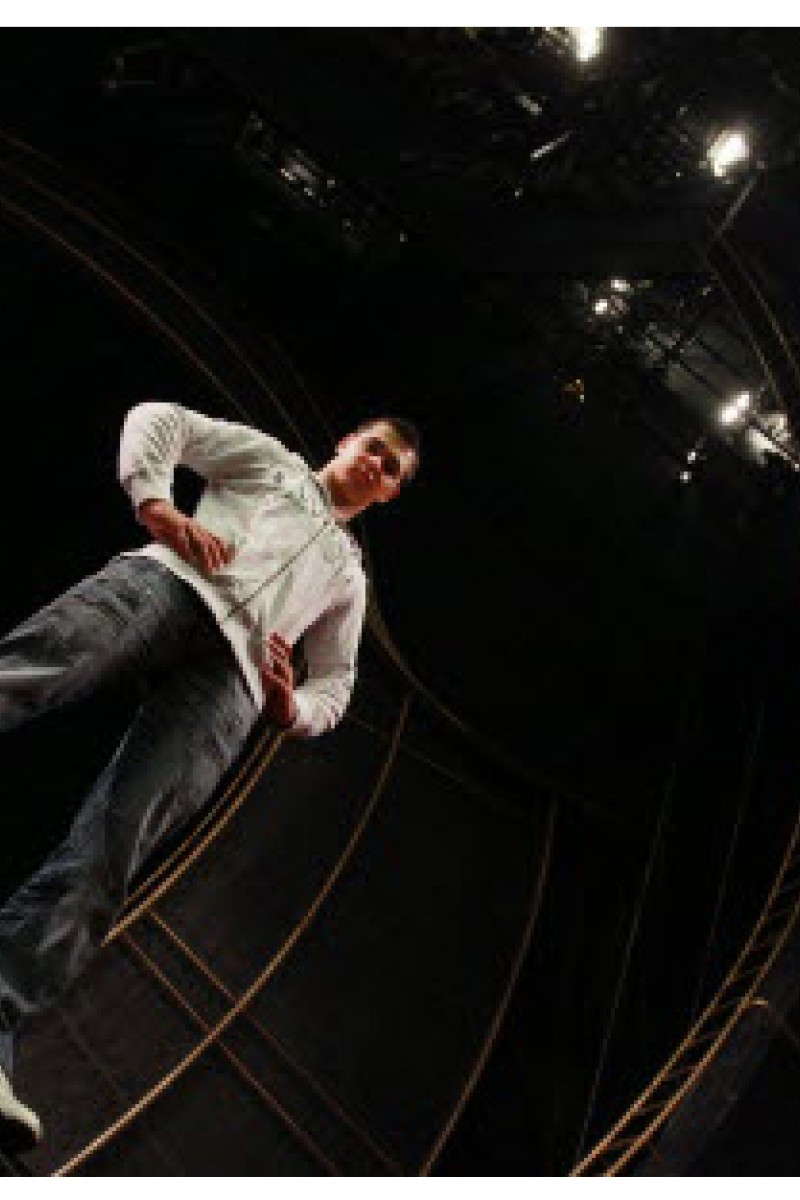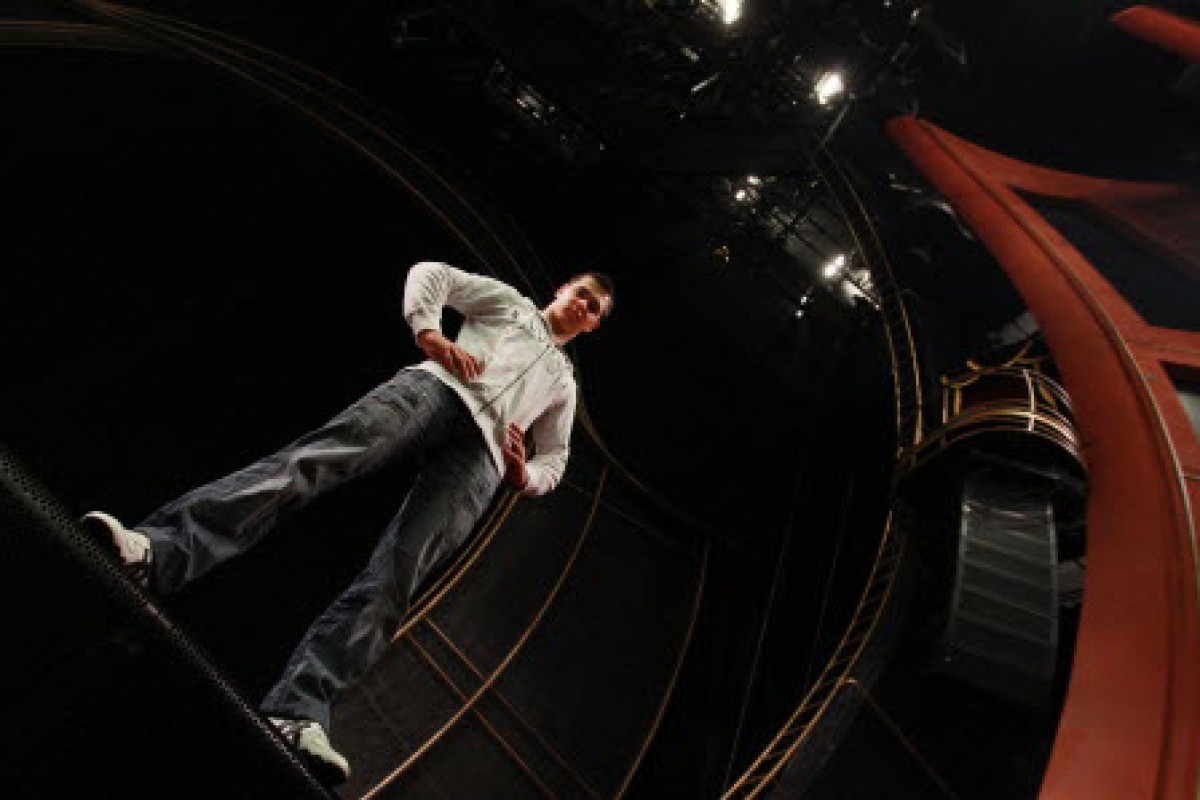
Roman Tomanov says hard work and passion play a crucial role in shaping the career of a circus artist

There are more and more opportunities in Asia, with the opening of permanent shows like ZAIA. Roman Tomanov is one of the strap artists at the Cirque du Soleil show in Macau. Strap features acrobatics at dizzying heights. A performer clings to rope dangling from the ceiling. As the rope is lifted up, he performs all sorts of exciting twists and flips.
Here, Tomanov explains what it takes to become a circus artist.
Requirements
Circus artists need to be flexible, so the basic daily requirement is stretching. On top of that it is good to take gymnastics and dancing classes. Tomanov attended jazz, hip-hop and ballet lessons. Although he never trained as an actor, he says it is a good idea to do so. You also need to have good co-ordination, discipline, and commitment during practice and rehearsals and be prepared to take controlled risks.
Creativity is a must when you work on a new act and team-players are always more appreciated since you'll be working with a crew.
But most of all, you need to be very hard-working and passionate about your job.
Qualifications
There are circus courses around the world, with the best ones in Russia and Canada. They teach you the basics, but it's very important to train every day.
Tomanov did not go to circus school, but he started training and performing very early.
In Hong Kong, you can start with dancing and acting courses at the Academy for Performing Arts. You could also take part in one of the summer programmes offered by circus schools (there is one at Montreal's National Circus School, for example).
Taking part in international circus competitions could open doors for you. In fact, Tomanov won gold at the 2004 European Youth Circus Festival in Wiesbaden, Germany, and regularly won medals at competitions.
Average pay
Part-time and occasional performers can get between HK$500 and HK$3,000 per show. But professional performers can earn a lot more.
If a circus artist is lucky enough to join a permanent show like ZAIA, their salary will be based on their personal act, their time on stage, and their experience. Many companies also offer health benefits to their artists, give them travel expenses on their days off, and provide food and accommodation during a touring performance.
Work prospects
Tomanov is originally from Moscow, Russia. He started doing gymnastics when he was five and was taught by his dad, a flying trapeze artist. It was his dad who introduced him to strap and he fell in love with the discipline.
When his dad was offered a job at the MGM in Vegas, the whole family moved there.
Growing up, Tomanov would do strap in the morning and gymnastics in the evening.
He started performing when he was seven years old. He would take part in small shows or go along with his dad. When he was travelling for shows, he would be home schooled by his dad or his assistant. When Tomanov was 14, Cirque du Soleil invited him to take part in a TV production, Solstrom. He was not forgotten, because they called him back when he was 17. This time it was to offer him work on a new show called ZAIA.
At 21, he is a famous strap artist and is one of the youngest in the ZAIA cast, which has an average age of 26. Tomanov plays Romeo, the young man who falls in love with Zaia. His most exciting part in the show is the aerial straps scene, Tomanov says.
All circus artists have a different story to tell. Some, like Tomanov, got the passion from their parents, while others started off as professional athletes and then joined the circus. Some just fell in love with the circus world.
Long-term prospects
Once you start getting noticed by the circus community, you could be lucky enough to join a company like Cirque du Soleil - a mix of circus acts and street entertainment.
When asked what he wants to do in the future, Tomanov says he hopes to have his own show one day.
Although very few circus artists see this dream come true, they love to perform and they do so till their 40s or 50s depending on their speciality. Afterwards, they can become circus or gymnastics coaches.
Where to apply
Look for auditions at big circus companies like Cirque du Soleil. Keep working until you get the opportunity.
A day at work
When Tomanov is in training, which is at least once a week, he will come in early. If the artistic director requests changes to his part, he will practise the new role. It is called staging.
He will then do his make-up, which can take him more than an hour.
Afterwards, he will do some basic training, and eat a little before the show. After the show, around 9.30pm, he'll do an extra hour of training to maintain his strength and fitness.
Besides attending separate training sessions, performers train with each other. For example, dancers would teach acrobats how to improve their act with some dance movements and expressions. They all learn from each other's talents.